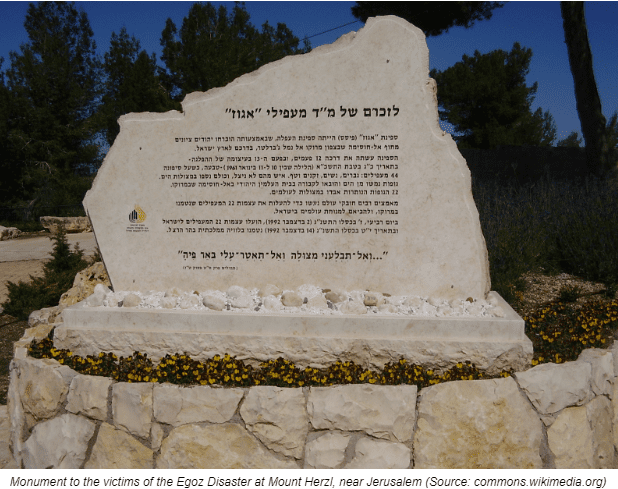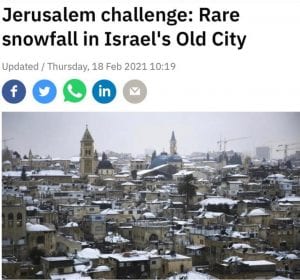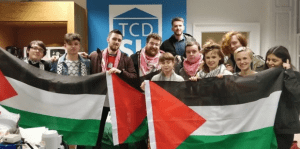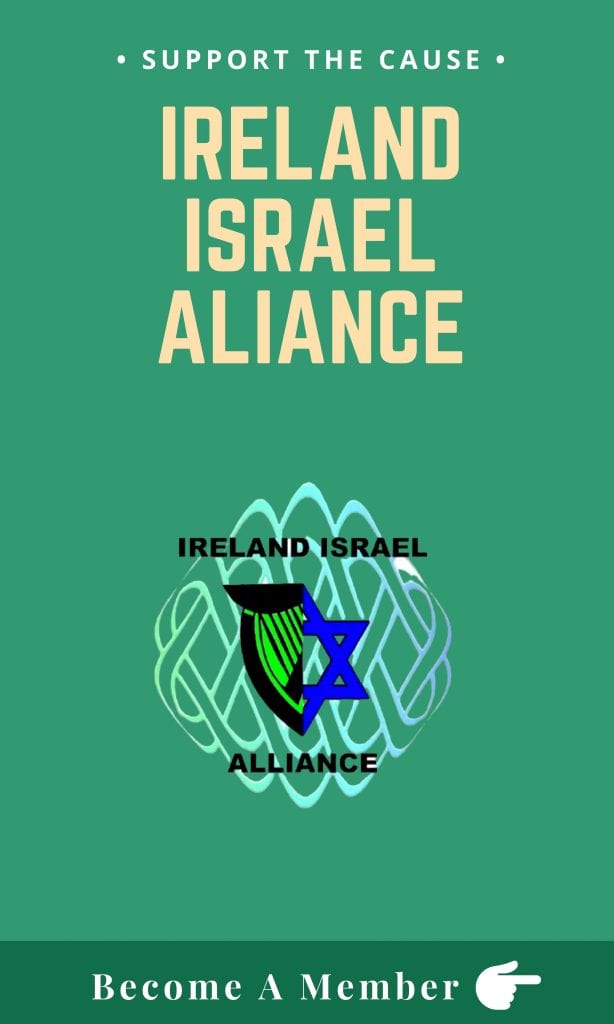No UN resolution has ever been passed condemning the injustices inflicted on them, and no flag has ever been flown over a public building in any Irish city to express solidarity with them.
There have been many articles on this website over the years highlighting the largely ignored story of Jewish refugees forced to leave Arab and Islamic countries between the 1940s and the 1970s. However, even within this narrative, the tragic events off the coast of Morocco on this day in 1961 seem to have been relegated to little more than a footnote.


Perhaps this is understandable. What is the fate of just over two score people when placed against that vast tragedy of nearly one million Jewish men, women and children forced to flee from Middle Eastern and North African countries? Nevertheless, each person who drowned was part of a network of relatives and friends – members of an ancient community with a presence in Morocco stretching far back into the mists of time.
Long before Arabic and Islam
There have been Jews living in Morocco for almost 2,000 years. The historical evidence suggests that Jews were living in that region of north-west Africa that now comprises Morocco as early as 70 C. E. This is over 500 years before a word of Arabic was spoken in the region and over 600 years before Islam became the dominant religion.
Over the centuries, their fortunes ebbed and flowed as did their numbers. The expulsion of Jews from Spain and Portugal led to a large increase in the Jewish community in Morocco although that in turn did trigger anti-Jewish pogroms. As dynasties rose to power and were then overthrown, some rulers regarded the Jews as being a talented community whose business skills and links abroad were a major asset. Others used the Jews as scapegoats during bad times and outbreaks of violence were not uncommon. Increasingly, Jews were forced to live in their own sections of Moroccan cities which were referred to as mellahs.
Growing European influence
The second half of the 19th century saw the main European imperial powers (France, Spain, Germany, and the UK) jockeying for positions of influence in Morocco with the other countries eventually acceding to France’s (and to a lesser extent, Spain’s) taking a pre-eminent position. European powers tended to be sympathetic to the plight of Moroccan Jews and as a result, some Moroccan Muslims started to regard Jews as being more supportive of the Europeans.
On April 17th, 1912, Morocco became a French protectorate. Outraged Moroccans rebelled against this and in the city of Fez, the rebels attacked the European and Jewish quarters of the city. However, being unable to access the well-defended European parts of the city, they instead vented their fury on the Jewish mellah. In a disastrous turn of events, the French believed that the Jews were siding with the rebels and shelled the Jewish quarter. Between this and the violence of the rebels, 51 Jews were killed and over 12,000 were made homeless.
Pogroms in Oujda and Jerrada
The French preferred to use well-educated and wealthy Jews as intermediaries with Muslims but the result of this was to create further divisions between Moroccan Jews and Muslims. Under the Vichy regime, the French enacted discriminatory laws against Moroccan Jews but – to his credit – Sultan Mohammed V intervened to prevent their being imposed.
In 1948, more anti-Jewish violence broke out in the cities of Oujda and Jerrada during the Arab-Israeli war resulting in the deaths of dozens of Jews. The vast majority of Moroccan Muslims bitterly opposed the founding of the State of Israel and suspected Moroccan Jews of sympathising with Israel.
Independence for Morocco
Morocco became independent in 1956 and imposed a ban on emigration to Israel. This led to growing concern amongst the country’s Jewish community that they’d end up like their coreligionists in Iraq, Syria, and Egypt where increasing violence, disenfranchisement and discrimination had forced them to flee with little more than the clothes on their backs.
This inevitably led to Moroccan Jews seeking undercover means of escaping from Morocco to Israel. A ship called The Pisces, that had been used during World War II by the British Navy was leased by the Mossad and renamed “Egoz” (the Hebrew word for hazelnut). In a three-month period in mid-to-late 1960, it carried over 300 Moroccan Jews to the safety of Gibraltar. Once in Gibraltar, travelling on to Israel was relatively simple.
On January 10, 1961, on its 13th (and tragically its last) voyage, the Egoz left Morocco with 43 Jewish refugees from 10 families on board. At around 3am, approximately 15 km from the Moroccan coast, the ship was caught in stormy weather. By all accounts, the ship sank in the space of a few minutes after the hull split in the heavy seas. 45 people were lost – the only survivors being the ship’s captain and 2 Spanish crew members. 22 bodies were subsequently retrieved from the sea.
Consequences and aftermath
The incident did attract much international coverage at the time and was embarrassing for the Moroccan government. It led to the opening of negotiations between Morocco and Israel culminating in an agreement in which Moroccan Jews were allowed to leave once a fee was paid for each departee. By 1964, 80,000 Jews had left the country with the majority going to Israel.
In late 1992, a further agreement was reached whereby the Moroccan king, Hassan II permitted the remains of the 22 passengers whose bodies were found to be transported to Israel. These remains are now interred at Mount Herzl Cemetery, overlooking Jerusalem. The monument depicted in the image above commemorates the tragedy.
Morocco stands out as one of the few Arab Muslim countries that treated its Jews comparatively well. Attitudes (both governmental and societal) were certainly not always positive. However, after independence, there was no systematic targeting of the Jewish community with violence and Nuremberg-style laws as happened in Egypt, Syria, and Iraq.
Nevertheless, no-one (without very good reason) chooses to flee under dangerous circumstances from a country where one’s family has been living since time immemorial. As with the story of all Jews forced to flee Arab and Islamic countries, the refugees just moved on with their lives. They’ve had no United Nations (UN) agency exclusively devoted to their needs, no UN resolution has ever been passed condemning the injustices inflicted on them, and no flag has ever been flown over a public building in any Irish city to express solidarity with them. Remember them today: the twenty two people whose bodies now rest at Mount Herzl back in their ancient Jewish homeland, and those whose remains have been lost to the cold January waves off the north Moroccan coast forever.
By Ciarán Ó Raghallaigh




